From childhood to adulthood, storytelling is a fundamental way of sharing human connection. Stories are a captivating, exciting, and inspiring way of sharing knowledge with one another. Storytelling is also an avenue for brands to build long-lasting deeper engagement, fulfill needs, establish a brand voice, and connect on an emotional level. When brand and audience intersect, storytelling is the medium used to create a meaningful connection.
The story of your brand should share your why. Why does your business exist? Why does it do what does? Storytelling isn’t about creating a story. Instead, it’s about sharing your brand’s story. Good storytelling should evoke emotions, create experiences, and address consumer needs. With your customer as the main character, your brand plays a supporting role on their journey. Here are the most important reasons why storytelling is important:
A Deeper Connection
Emotional branding is a strategy used to drives stronger, deeper connections with our audience and increases customer retention. Showing what your brand represents through a series of stories can elevate the meaning of your brand and paint a picture of how it fits into consumers’ lives. Your brand story is an opportunity to illustrate who you are, what you stand for, and how your brand fits into the audiences’ own personal stories.
A Powerful Learning Tool
Storytelling is a fundamental way to teach and learn. Do you remember your favorite teacher sharing a story you will never forget? Stories give us a chance to embark on a journey, use our imagination, and envision ourselves there. This is a powerful way for your brand to convey meaning and transmit knowledge that is memorable. Telling a story relevant to your target audience can be a powerful tool that represents the interactions between the consumer, society, and your brand.
Engaging A Noisy Timeline
Storytelling is a creative way of expressing the mission, core values, and products a brand has to offer. Consumers are inundated with innumerable messages fighting for their time. Storytelling is a way to captivate your audience in a sea of a million other brands.
Brands can struggle to create engaging enough content to have a relationship with their audience. The most important element of your brand’s content marketing approach should be storytelling. There is more noise on the timeline than ever before. Constant sells and asks bombard consumers, but storytelling is a creative way of getting the attention of your audience then subtly (and oftentimes indirectly) encouraging a call to action. The storytelling process should look like:
Knowing Your Audience
Before you can begin fleshing out your brand story, you’ll have to research your target audience. Who is going to hear this story? What are their emotional triggers? Who are their influencers? Understand your audience so you can tailor your message in a way that makes sense, encourages a response, and motivates action.Establishing Your Brand’s Voice
Your brand must define its core values and overall mission. This will be the groundwork for finding your brand’s voice. What does your brand stand for? Who or what does it represent?Deciding The Story
This is where you define what you want your audience to take away when they experience your brand story. Understanding how you want your target audience to react will serve as a framework for how you build your story. Your objective could be sharing who your brand is, expressing core values, fostering community, presenting knowledge, or encouraging action.Know Your Call-To-Action
Finally, you establish what action you want the audience to take after experiencing your story. This is your objective or CTA. Do you want your audience to buy, subscribe, or donate? This sell should be subtle and motivated by the customer experience leading up to this point.
Every story is a journey. Your target audience is along for the ride, so make that experience authentic, creative, and inspirational.


